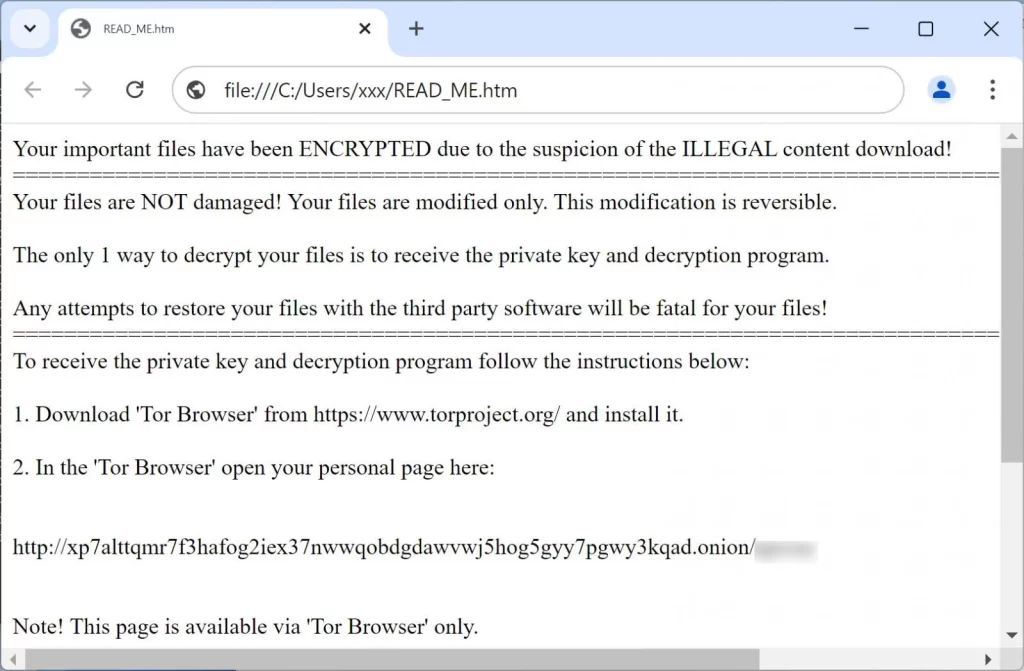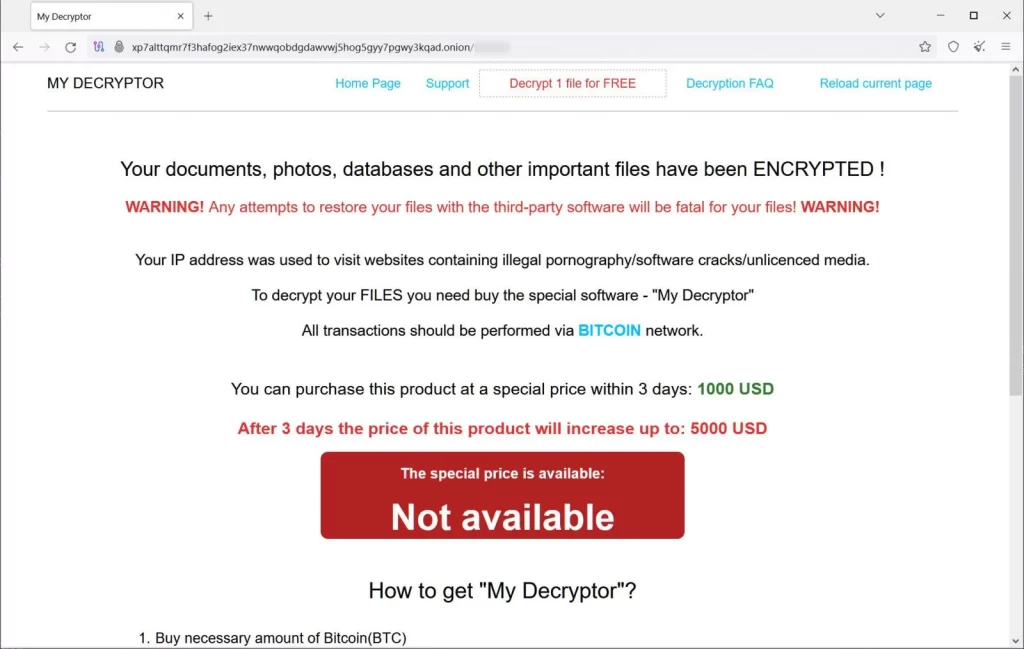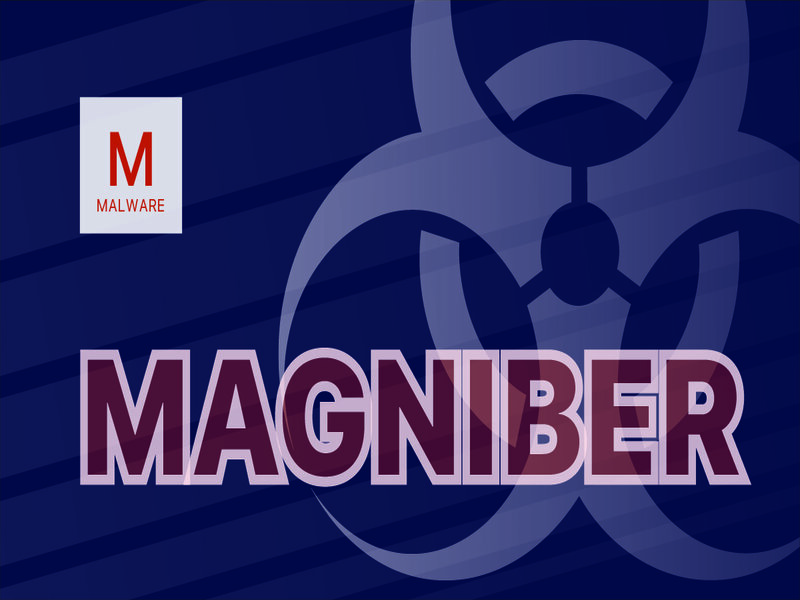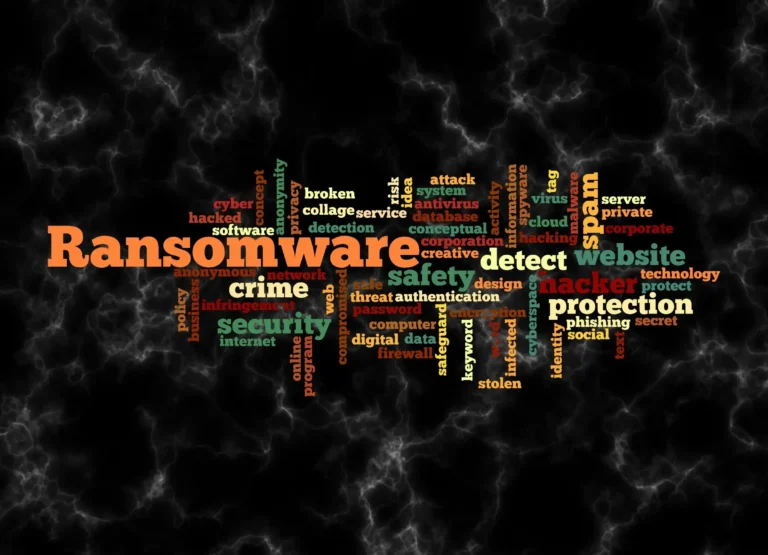A Notorious Threat Returns
Evolving Tactics for Maximum Impact
The Magniber ransomware, first appearing in 2017 as the successor to Cerber, has re-emerged with a vengeance. This time, attackers are primarily targeting home users worldwide, encrypting their devices and demanding hefty ransoms.

Magniber ransom note
Magniber has a long history of exploiting vulnerabilities. Initially distributed through the Magnitude exploit kit, it has since adopted a diversified approach. The current campaign leverages various methods, including:
- Windows Zero-Day Exploits: Utilizing unpatched vulnerabilities in the Windows operating system allows attackers to bypass security measures and gain access to systems.
- Deceptive Software Updates: Fake Windows and browser update notifications can trick users into downloading and installing malicious software disguised as legitimate updates.
- Trojanized Software Cracks and Key Generators: Often advertised as free alternatives to paid software, these malware-laden programs trick users into compromising their own devices.
No Easy Escape
While a decryptor was briefly available in 2018, the threat actors behind Magniber have since patched the vulnerability it exploited. This means there’s currently no free way to recover files encrypted by the latest versions of Magniber.

Magniber payment site
The Warning Signs
If your device falls victim to Magniber, you’ll likely experience the following:
- Inaccessible Files: Important documents, photos, and other data become encrypted and unusable.
- Ransom Note: A file named “READ_ME.htm” will appear, explaining the situation and demanding payment for decryption.
- Escalating Ransom: The initial ransom demand of $1,000 increases to $5,000 within three days if not paid.
Protecting Yourself from Magniber
There is no guaranteed way to retrieve files encrypted by Magniber after infection. However, you can significantly reduce your risk by following these security best practices:
- Avoid Software Cracks and Key Generators: These programs are a frequent source of malware, including ransomware.
- Stay Updated: Regularly update your operating system, browser, and security software to address newly discovered vulnerabilities.
- Be Wary of Download Links: Download software only from trusted sources and verify file authenticity before running them.
- Maintain Backups: Regularly back up your data to a secure, external location to ensure you can recover files in case of an attack.
By staying vigilant and practicing safe computing habits, you can significantly reduce the risk of falling victim to Magniber ransomware or any similar threats.
Media Disclaimer: This report is based on internal and external research obtained through various means. The information provided is for reference purposes only, and users bear full responsibility for their reliance on it. Summitsystemsissp assumes no liability for the accuracy or consequences of using this information.







